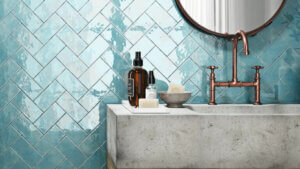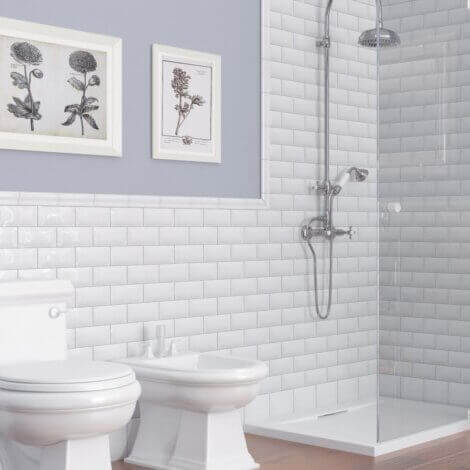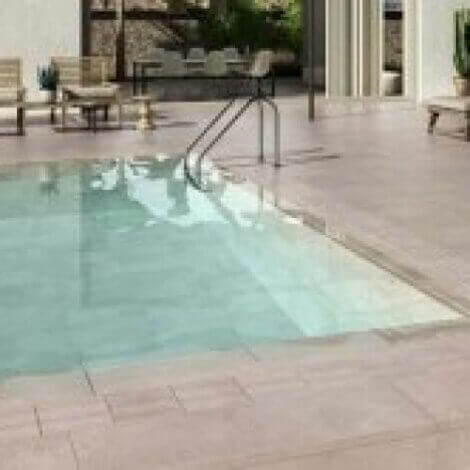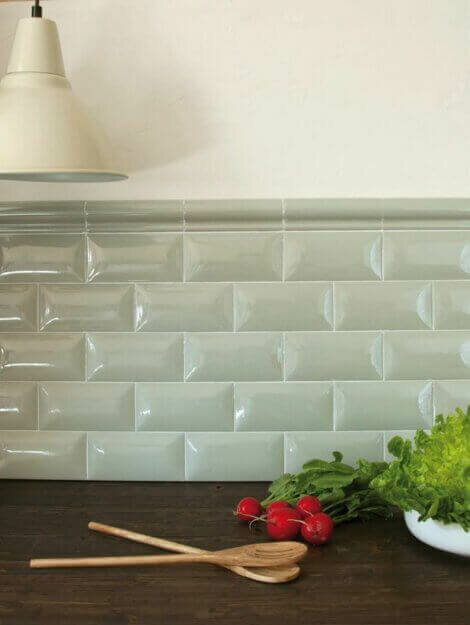Check Out These Pillow Tiles for Your House

Take this opportunity to learn about a more sophisticated type of tile. We’re referring to pillow tiles.
Wall renovations should be of high quality with the aim that they last for many years. What’s more, besides offering high performance, they should also be attractive. That’s why we’re going to find out about the different types of pillow tiles for the home.
Speaking of tiles, ceramic is commonly used in bathrooms and kitchens. However, there are other forms and designs that can help you liven up our interior and convert it to a more attractive place.
That’s why it’s important to think about different kinds and consider some of the ideas with which you can decorate your home. In general, we limit ourselves to traditional resources when in reality you can innovate and seek out new horizons for your home.
What are pillow tiles?
Image: acebook.com/amadistiles
Pillow tiles are a type of tile that stands out from the wall. They have a singular relief as if they are a pillow. At least this is the appearance, but the material is solid.
In the world of architecture, you can find walls with pillow blocks from the Renaissance (16th century), mainly in Italy. The world of design used this as a point of reference to develop this type of tile work.
Therefore, its aesthetic is much more interesting to look at. You feel like you need to touch these tiles since they have the quality of relief.
3 types of impressive pillow tiles

Image: acebook.com/amadistiles
There are different types of wall coverings as well. To describe them, each one has it’s own quality, and at the same time provides a different function according to the room it occupies. Let’s look at 3 outstanding bathroom and kitchen applications as well as individual walls in the house:
1.The cracked effect is one of the most common in bathrooms. It consists of a rectangular shape (4 x 8) and has a relief in order to stand out slightly. Also, it’s the most suitable for walls, as it’s resistant to marks and has a smooth surface, is shiny, and can have a cracked glaze.
2. Another type is the tile that simulates natural stones. They can be rectangular and square, but they don’t have straight lines, and instead are irregular to represent stones that you find on a wall. In fact, you hardly see the mortar.
3. There’s also the kind that combines a cracked surface with relief. For instance, this variety may even include a design that helps to create a theme for the environment. Or it may just make an aesthetic contribution. This way, it makes a much more pronounced pillow effect than the other options.
Pillow tiles for the pool

Image: pinterest.es
This type of tile work is characterized by a large number of tiles per square foot. The dimensions are commonly 1 inch by 1 inch. However, the measurements can vary and may be larger. There is an extensive variety and different choices.
Generally, this type of ceramic is glazed with transparent effects that are either bubbles or opaque. The relief isn’t very pronounced but can be detected by feel.
In general, blue is the color that dominates. At any rate, there’s no reason to limit its use to the swimming pool. In addition, it can be in the bathroom, in the shower as well as halfway up the wall or covering any surface that you like.
The pillow effect brings to mind the sensation of comfort.
The layout
Naturally, there are a number of layouts for pillow tiles. On one hand, they form polygons. This refers to those that have a geometric design. For example, these may be squares, rectangles, pentagons, hexagons, octagons, etc.
Also, they may have a configuration determined by the printed designs. Examples can be themes such as fruits and vegetables, motifs, lines, etc. In addition, this all may be complemented with a distressed or shabby chic look to produce a vintage effect.
To summarize, take note that you don’t have to repeat the same color of tiles on a wall. You can highlight colors by mixing in darker tiles.
All cited sources were thoroughly reviewed by our team to ensure their quality, reliability, currency, and validity. The bibliography of this article was considered reliable and of academic or scientific accuracy.
- Ahern, Abigail: Cómo decorar tu piso, Océano Ambar, 2010.









